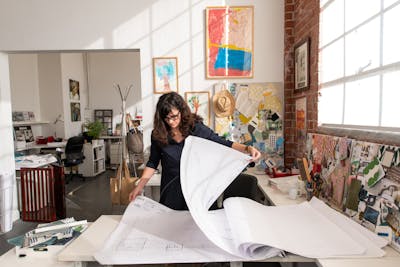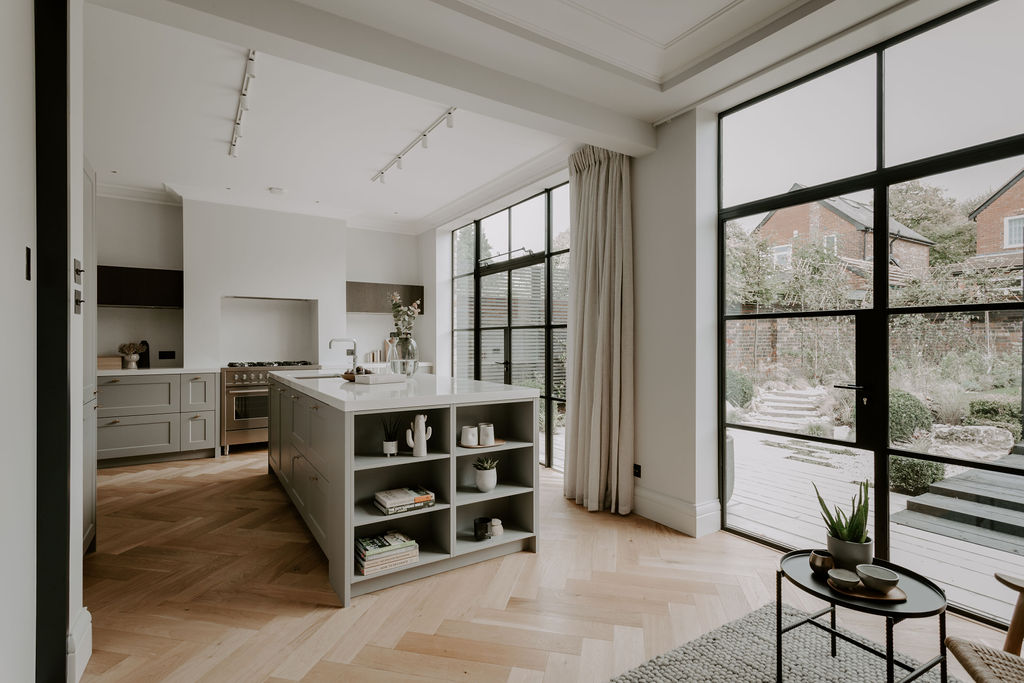Explore the Expertise of Leading Hampshire Architects for Unique Residential Projects
Explore the Expertise of Leading Hampshire Architects for Unique Residential Projects
Blog Article
Designing Your Desire Space: The Influence of Interior Design and Home Designer on Home Appearances
The magic of creating a desire home exists not just in architectural expertise yet likewise in the fragile artistry of interior decoration. These two techniques intertwine, with architecture providing the skeletal structure while interior decoration takes a breath life right into the room with appearance, furniture, and shade choice (Countryside Homes interior design). This seamless blend results in a personalized refuge that reverberates with the property owner's identity and lifestyle choices. How does this harmonious blend impact home aesthetic appeals and, in turn, our daily lives? Keep tuned to explore even more.
The Junction of Interior Design and Design: Greater Than Satisfies the Eye
Although lots of people believe that indoor style and architecture are two separate disciplines, a closer exam exposes a fascinating intersection between both. Architecture lays the foundation, providing the shell within which interior decoration operates. The kind and feature of a space are not exclusively dictated by its building format. Interior Design plays a crucial role in enhancing and completing a framework's architectural components, focusing on the choice and presentation of interior products such as furnishings, components, and surfaces. It is the interplay of these two self-controls that brings a room to life, transforming it from a mere architectural entity into an all natural, lived experience. This cooperative connection emphasizes the value of integrating architectural principles into interior design, and vice versa, to achieve a harmonious and visually pleasing setting.
Harnessing the Power of Color Styles and Textures in Home Layout
While the structure of a home might be the canvas, it is ultimately the use of shades and textures within interior layout that brings the vision to life. Textures play a crucial function in including deepness and personality to a room. By comprehending the mental impact of colors and tactile charm of appearances, one can properly change a residence into a psychologically engaging and aesthetically engaging home.

The Role of Furnishings in Defining Area and Lifestyle
Furniture offers as a specifying component in interior style, affecting both area and lifestyle. The option of furnishings can significantly affect the assumption of room, with larger pieces creating an impression of majesty, while smaller, minimalist styles can make a room show up spacious. Hence, furnishings option plays an essential role in defining and customizing room, with each item offering as a testament to the house owner's one-of-a-kind identification.

Building Factors To Consider for Personalized Spaces
Past the significant function of furniture, building factors to consider also play a crucial component in personalizing areas. The design, design, and structure of a home can dramatically affect its general visual, functionality, and the inhabitants' comfort. Recognizing the home's architectural aspects, such as the shapes and size of spaces, the positioning of doors and home windows, and the sort of products used, can aid one customize their room to their way of life and choices. Architectural components like arches, columns, fire places, and staircases can serve as the focal points of a room. Balancing these architectural information with suitable furnishings, shade plans, and lighting can create a unified visit the website and individualized atmosphere. Architecture, consequently, is a key factor in developing one's dream space.
The Mental Influence of Aesthetically Pleasing Spaces
The influence of aesthetically pleasing spaces on human psychology is extensive. These environments not only interest the senses however additionally add to an individual's total wellbeing. They can promote creative thinking, induce leisure, and even influence mood. Structures, colors, and patterns can evoke emotional reactions, while the design and illumination can influence habits and communications. A properly designed area, with its cautious equilibrium of visual appeals and performance, can promote a feeling redirected here of harmony, advertising positivity and productivity. Alternatively, improperly made rooms can create feelings of discomfort or anxiety. As a result, indoor design and style are not simply concerning developing visually enticing areas, yet likewise about cultivating atmospheres that boost psychological wellness and complete satisfaction.

Conclusion
To conclude, creating your desire space is a nuanced procedure that stabilizes the structural components of architecture with the aesthetic selections of interior design. By very carefully picking colors, structures, and furnishings, you can craft spaces that not only look attractive but additionally functionally site serve your way of living. Ultimately, the effective integration of these self-controls advertises wellbeing, triggers imagination, and fosters a sense of individuality within the home.
Creating Your Dream Area: The Impact of Inside Layout and Home Architect on Home Aesthetic Appeals Countryside Homes interior design.
The magic of creating a desire home lies not only in building prowess but additionally in the fragile creativity of indoor design. These 2 techniques link, with design providing the skeletal framework while indoor style breathes life right into the room with shade, texture, and furniture selection.Furniture serves as a specifying component in indoor style, affecting both area and lifestyle.In conclusion, creating your desire room is a nuanced procedure that balances the architectural aspects of architecture with the aesthetic options of indoor style.
Report this page